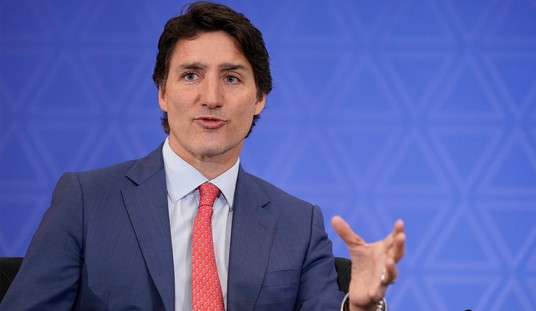This is something you’ve probably noticed before even if you didn’t know the name for it. If you’ve ever gone to the store to buy a favorite product and found yourself wondering ‘Did this get smaller?‘ they you already know what shrinkflation is. Now that inflation is hitting 40-year highs, you’re likely to notice a lot more of it.
Producers of branded products only have a few choices when faced with inflation. They can raise their prices for the same sized item or they can shrink the contents and charge you the same amount. That latter is shrinkflation and it’s a common way to deal with price pressure. The Washington Post ran a story about this last summer was inflation was only about half of what it is now.
Product sizes are shrinking — even if it isn’t always evident. Many manufacturers, experts said, keep packaging the same height or general shape to avoid drawing further attention to the changes.
Walmart’s Great Value paper towels, for example, went from 168 2-ply sheets per roll to 120. The price, at $14.97, remained the same for a dozen rolls despite the nearly 30 percent drop in product. Both versions remained listed on the retailer’s site until last week…
“Most people know more or less what a box of cereal — or a container of ice cream or a package of coffee — should cost,” said [marketing professor John] Gourville of Harvard. “But ask them how much is in a box, and they’re relatively clueless. That’s not something they pay attention to.”
Since the 1970s, he said, conventional packages of coffee have gradually slipped from 16 ounces to about 12. Standard sizes for tins of tuna, cans of tomatoes and bottles of orange juice have all gotten smaller, too. Even the bar of Dial soap Gourville has been using for decades has become more concave, he said, in a bid to disguise its shrinking form.
Quartz published a story yesterday looking at a bunch of other products that have recently shaved off some weight.

Frito-Lay confirmed Doritos shrunk their bags due to pandemic pressures. “Inflation is hitting everyone…we took just a little bit out of the bag so we can give you the same price and you can keep enjoying your chips,” said a representative. Representatives at Proctor & Gamble which makes Crest toothpaste, and at Mondelez—which makes Nabisco Wheat Thins, confirmed reductions in their products’ volumes but did not disclose the reasons why. While Crest 3D White does now sell a 5 oz tube, its 4.1 oz tube shrunk to 3.8 oz. Bounty, according to a representative at Proctor & Gamble, got better as it got smaller since the paper towels are more absorbent than they used to be.
Gatorade—the sports drink brand of PepsiCo—recently replaced its 32 oz size with a 28 oz bottle for the same price. That’s the equivalent of a 14% price increase.
“Basically we redesigned the bottle, it’s more aerodynamic and it’s easier to grab,” said a company representative. “The redesign generates a new cost and the bottles are a little bit more expensive…this is only a matter of design.”
There’s nothing illegal about any of this it’s more the sense that consumers are being carefully deceived in some cases by companies who pay consultants to advise them on how to give consumers less in ways they may not always notice.
Last week a site called CNA Insider based in Singapore published a video about shrinkflation which included an interview with a product pricing consultant who explained how this works. There’s actually a bit of science to it known as psychophysics. Put another way, it’s the difficulty most people have in estimating small changes in volume based on changes in packaging shape. So when Coke or Pringles make the cans taller and thinner, consumers may not notice they’re getting slightly less for the same price. Just something to keep in mind as inflation hits 7.9%.








Join the conversation as a VIP Member